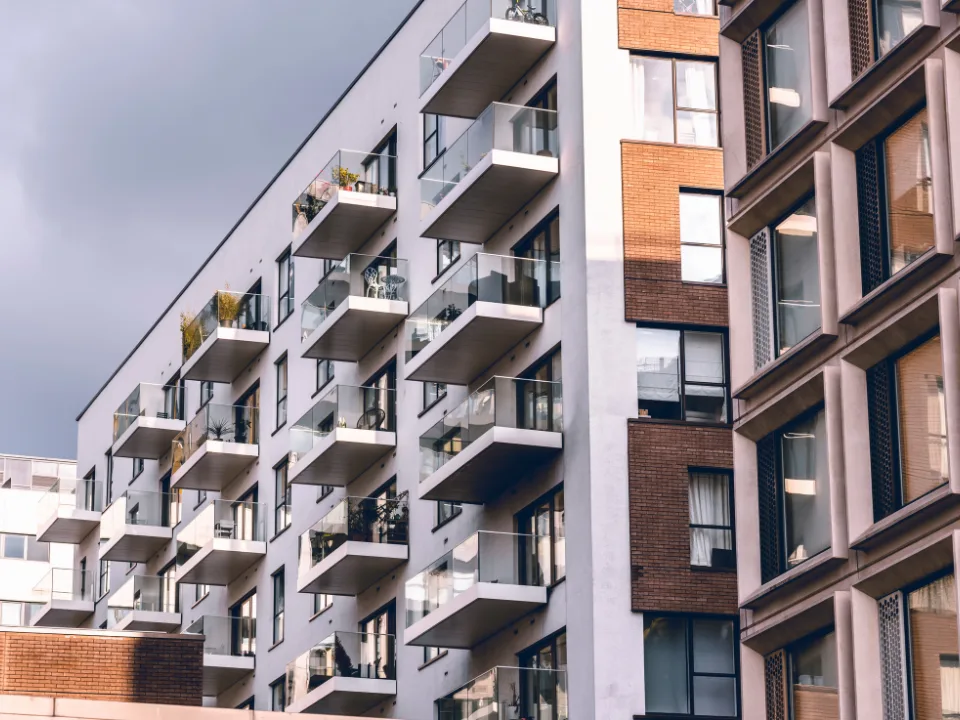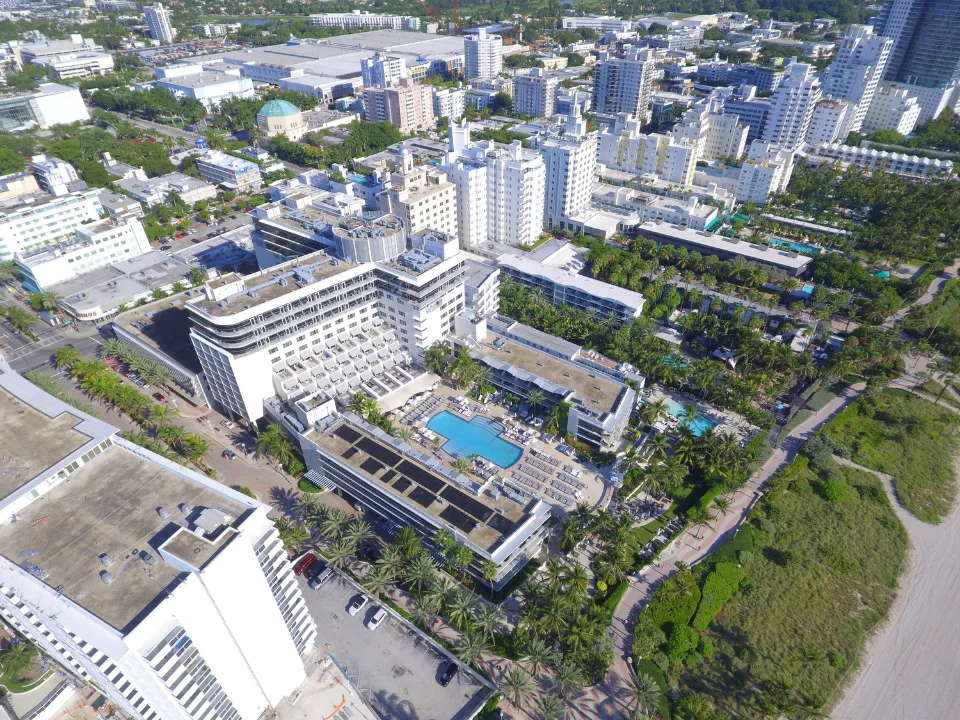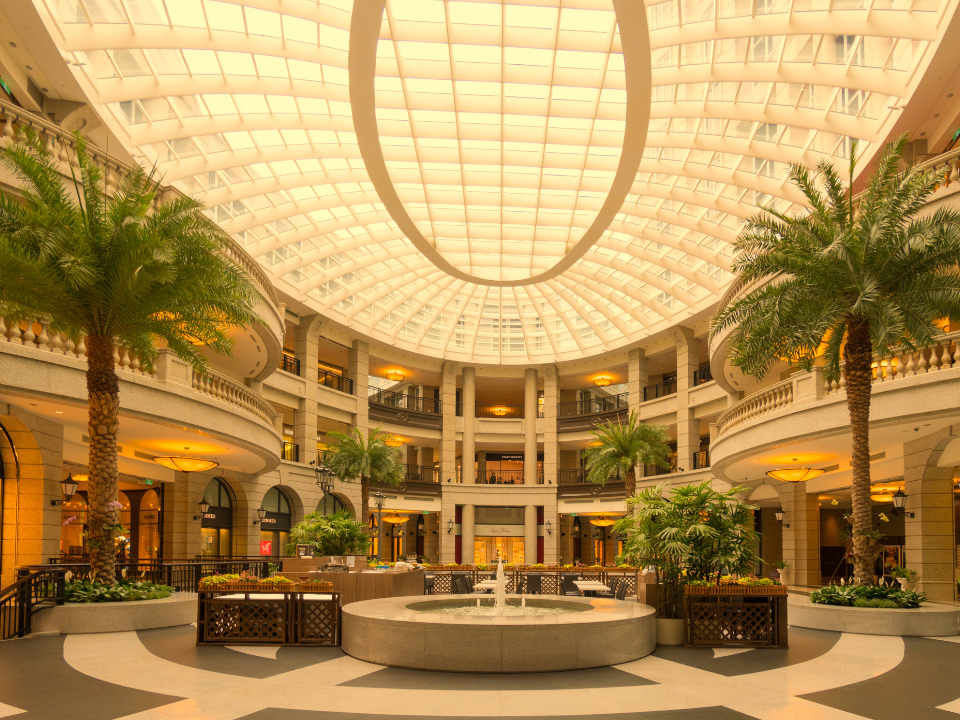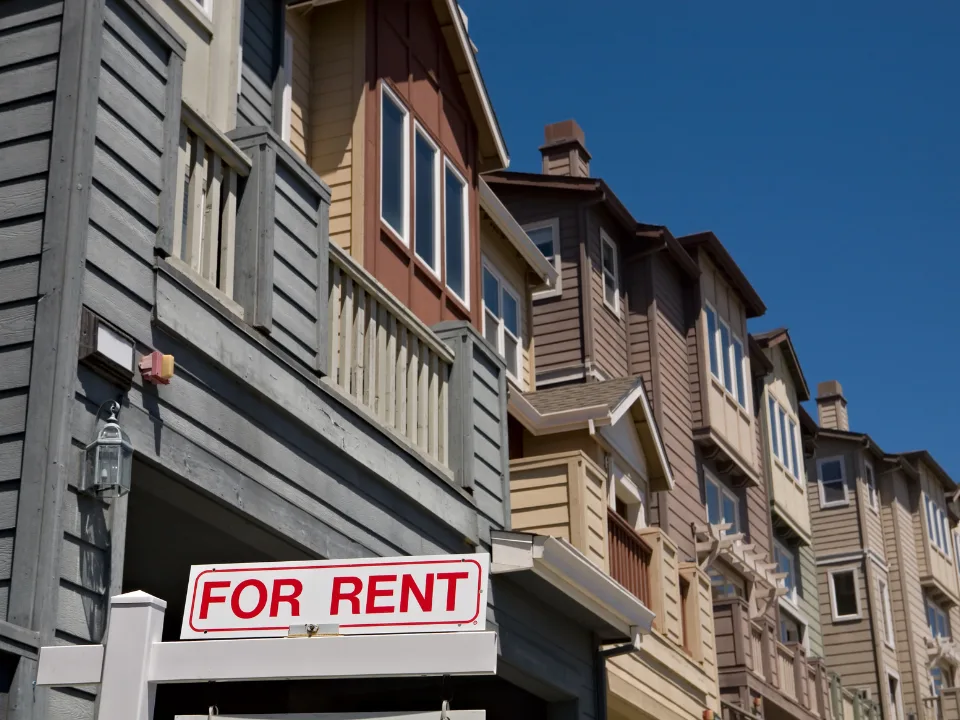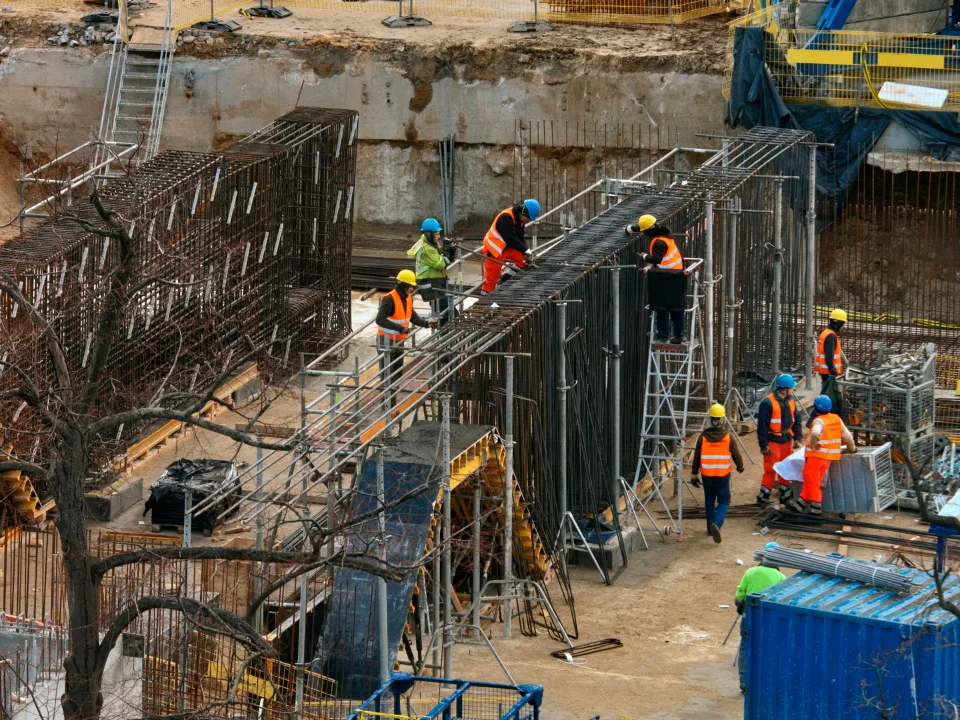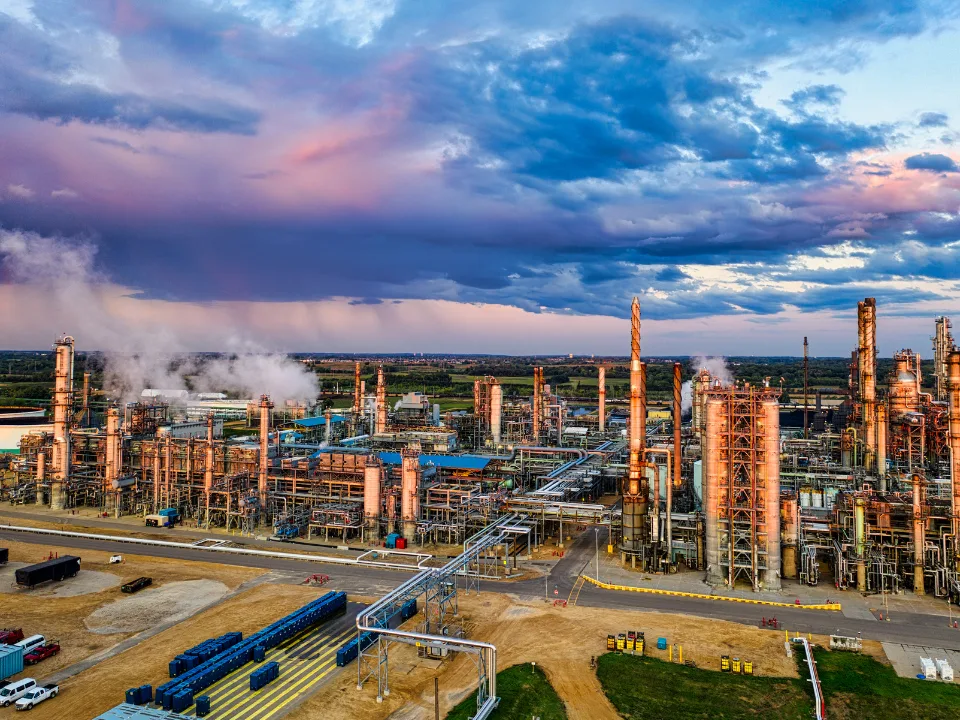- Brookfield’s 2018 plan to transform 125 malls into minicities has been delayed, and only two redeveloped malls have been completed so far.
- Brookfield has redeveloped over 40 former department stores but admits rising costs and rates have compounded delays.
- The firm has sold or returned 24 malls to lenders and plans to sell up to 16 more, focusing on its top 20 properties.
In 2018, Brookfield Property Partners (BPYPN) made a bold move by acquiring full ownership of mall-owner GGP, betting they could transform the company’s 125 malls into vibrant minicities. Six years later, only two malls have been redeveloped due to numerous delays, as reported on WSJ.
Challenges And Delays
The slow pace of redevelopment can be attributed to a number of conspiring factors. “These very large projects are not easy to get off the ground,” explained Vince Tibone, head of U.S. retail and industrial research at Green Street.
Securing city approvals, for example, is time-consuming and can require overcoming community resistance. Long-term tenant contracts that restrict nonretail development can also be a common challenge.
The pandemic, along with rising construction costs and interest rates, also added to delays and, in some cases, derailed redevelopment plans completely. “Some things that might have made sense five years ago, we have to go back to the drawing board,” said Brian Kingston, CEO of Brookfield’s real estate business. “These are big, complicated projects that happen over long periods of time.”
Strategic Adjustments
Brookfield initially acquired 34% of GGP, which was bankrupt in 2010, and later bought the rest for $9.25B in 2018. Although some GGP properties, like the Grand Canal Shoppes in Las Vegas and the Ala Moana Center in Honolulu, perform well, many lower-tier malls have struggled.
Overall, top-tier malls remain popular with retailers, shoppers, and investors. But lower-tier malls have seen significant value declines due to vacant department stores and lower tenant occupancy, even as grocery-anchored shopping centers and high-end stores continue to recover from the pandemic.
Brookfield has already sold or handed back 24 malls to lenders, and plans to sell up to 16 more. The company is now focusing on its top 20 malls, where tenant sales are up more than 18% from pre-pandemic levels. “A lot of our focus over the last five or six years has been on investing more capital in those malls that we think provide an opportunity to earn capital,” Kingston noted.
Future Plans
Despite setbacks, Brookfield continues to pursue long-term redevelopment plans. In San Francisco, Brookfield is nearing the end of a lengthy approval process to build 3.5K apartment units on the parking lots of the well-performing Stonestown Galleria mall.
Myrna Melgar, a member of San Francisco’s board of supervisors, mentioned that the pandemic delayed the project, but new California laws facilitating residential proposals have helped speed up approval.
Although the timeline for breaking ground on many apartment projects remains uncertain, Brookfield remains committed to its long-term vision of transforming malls into mixed-use developments—where and when financially viable.
